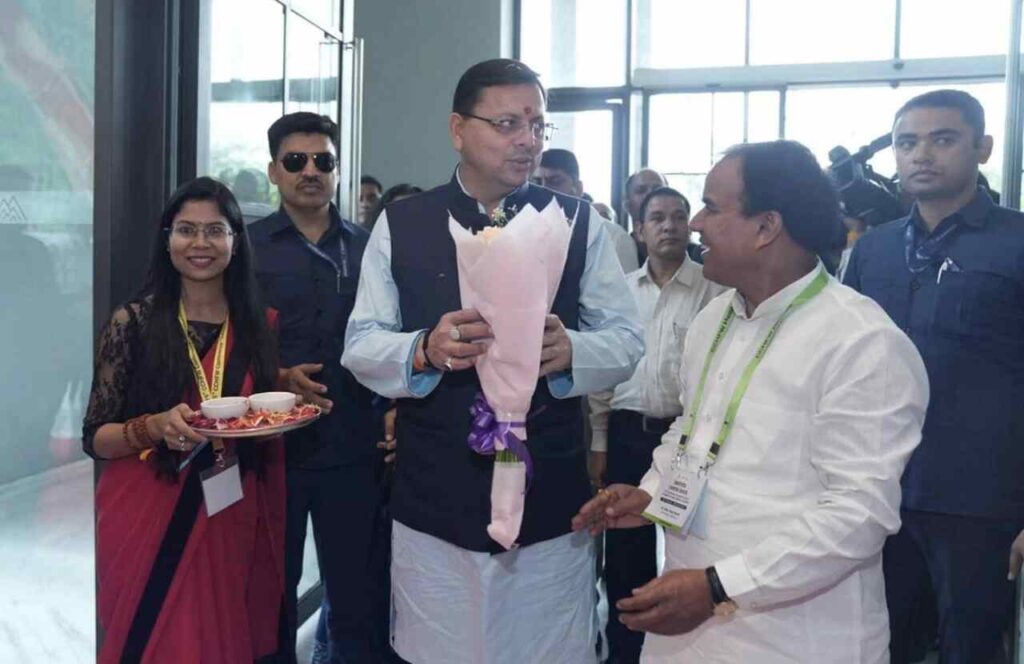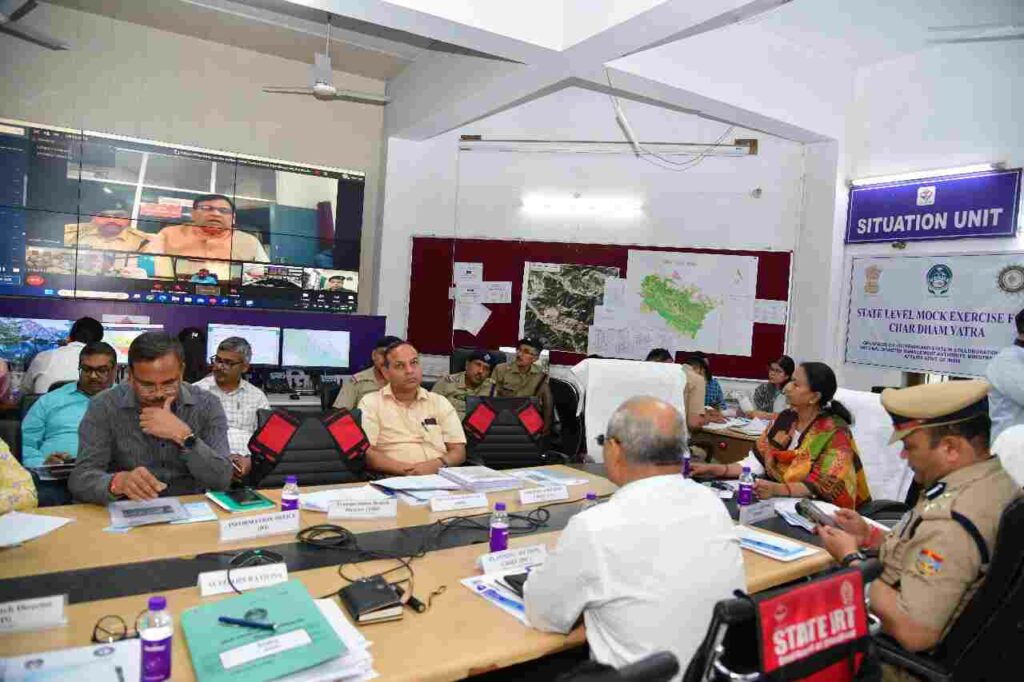DEHRADUN: While people in the plains and hilly regions of Uttarakhand are grappling with scorching heat, the soaring temperatures have proved advantageous for the state’s hydroelectric power projects. The rise in mercury has led to an increase in the water level of the Bhagirathi river due to glacier melting, resulting in enhanced power generation at the Dharasu powerhouse of the Maneri Bhali Phase-2 project, officials said.
“Electricity production in the Maneri Bhali Phase-2 project of the Jal Vidyut Nigam depends on the water level of the Bhagirathi River. Currently, the rate of glacier melting has increased due to severe heat, causing the water level of the the river to reach 150 to 180 cusec feet per second in just two days,” said Sandeep Singhal, the managing director of Uttarakhand Jal Vidyut Nigam.
“The increase in the river’s water level has led to the production of 7 million units of electricity at Dharasu powerhouse.
The 304 MW capacity project comprises four turbines, each with a capacity of 76 MW. The total recorded generation reached 290.46 MW, with the first turbine producing 69.29 MW, the second 74.48 MW, the third 72.22 MW, and the fourth 74.36 MW,” said Singhal.
Vimal Dabral, public relations officer of the corporation, said, “Production is expected to increase further due to rise in river water level during the monsoon season.”
He also highlighted the potential risk of silt deposition in the river during monsoon, which could hamper production midway. “In the absence of silt-related issues, the project stands to achieve significant production levels during the monsoon season,” Dabral said.
According to experts, the accelerated melting of glaciers poses a major environmental threat, though state hydropower project operators consider it as a blessing.
With the summer season driving up power demand, the Uttarakhand government previously had to purchase electricity from other states, power department officials said.








